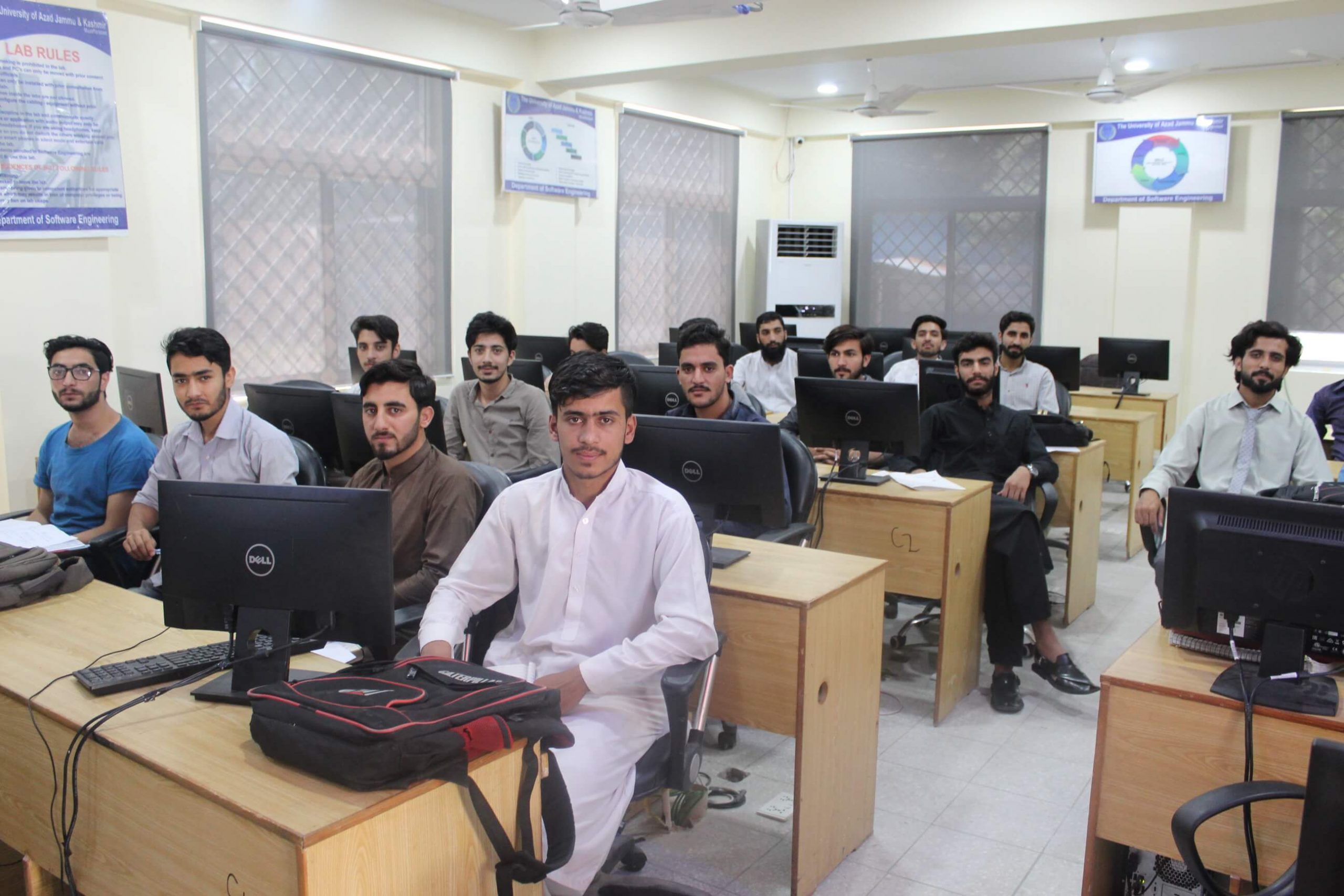Computer and Communication Technology
The applications of ICT – particularly for Engineers
Basic operations: Input, Processing, Output, Storage Basic components:Hardware, Software, Data, Users
Types of storage devices
Transforming data into information
How computers represent and process data
Processing Devices
CPU architectures
The Internet and the World Wide Web- browsers, HTML
URLs/ How DNS works
Email and other programs
What is an Embedded System
Applications
Components
Programming Languages
Popular Development Platforms
Uses of networks
Common types of networks (LAN, WAN, MAN etc.)
Introduction to OSI Model
Future of Networks
Hierarchy of Data
Maintaining Data
Database Management Systems
Microsoft Office, Windows, Virtual Box, Netbeans
Compose and comprehend English in advance way
Follow English language rules and skills to use it in professional life
Ability to plan and write advance and technical Report
Lectures (audio/video aids), Written Assignments/ Quizzes, Tutorials, Case Studies relevant to engineering disciplines, Semester Project, Guest Speaker, Industrial/ Field Visits, Group discussion, Report Writing
Mid Term, Report writing/ Presentation, Assignments, Project Report, Quizzes, Final Term
“Introduction to Computers”, Peter Norton, latest Edition, McGraw-Hill”.
“Computing Essentials”, Timothy O’Leary and Linda O’Leary, latest edition,
McGraw-Hill
Using Information Technology: A Practical Introduction to Computers & Communications”, Williams Sawyer, latest Edition, McGraw-Hill
“Discovering Computers, Complete: Your Interactive Guide to the Digital World. Cengage Learning” Shelly GB, Vermaat ME, latest Edition.

There are 133 total credit hours to complete the Software Engineering degree.
